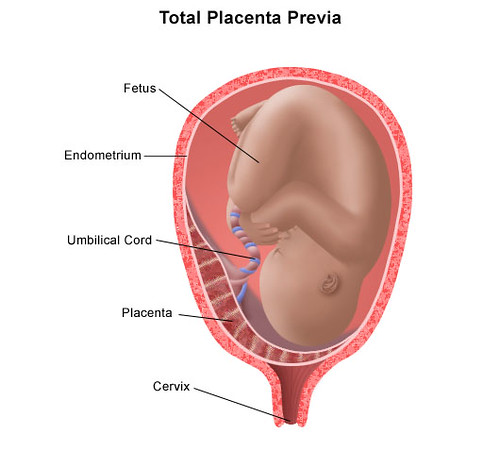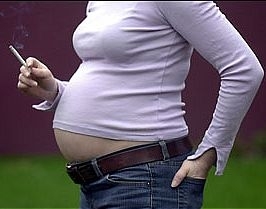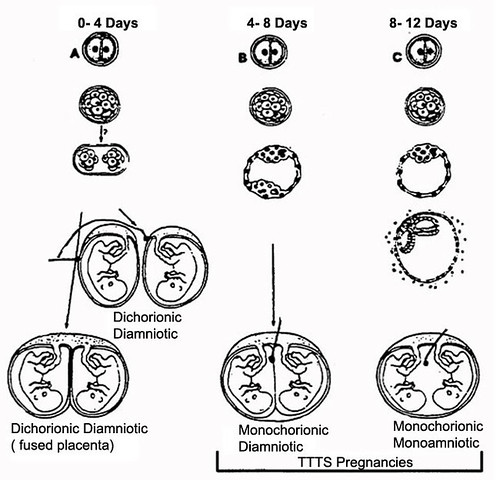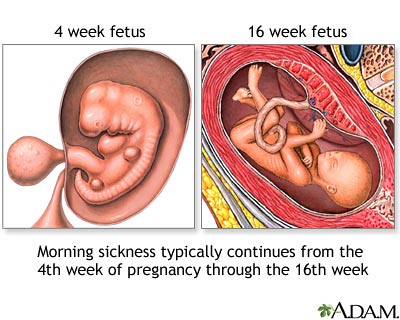Wednesday, April 28, 2010
Pregnancy is a condition where the fetus was conceived in the body of a woman, who previously started with the process of conception and then be terminated with the birth process, and then all that is called a pregnancy.
The process of conception in pregnancy
Fertilization (conception) is the beginning of pregnancy, where one egg is fertilized by one sperm. Ovulation (release of egg cells) is a part of the normal menstrual cycle, which occurs about 14 days before menstruation. The egg is released to move to the end of the fallopian tubes (oviducts) are funnel-shaped, which is the site of fertilization. If no fertilization occurs, the egg will decline (degeneration) and removed through the vagina along with menstrual blood. If fertilization occurs, then the egg has been fertilized by the sperm will go through a series of fission and grow into an embryo (fetus would).
If ovulation is released on more than one egg cell and then followed by fertilization, there will be a multiple pregnancy, usually twins 2. Cases like these are fraternal twins.
Identical twins occur when the initial cleavage, the fertilized egg cell divides into two separate cells or in other words, identical twins come from one egg.
At the time of ovulation, the mucus layer in the cervix (neck of the womb) become more liquid, so that the sperm easily penetrate into the womb. Sperm move from the vagina to the tip of the funnel-shaped fallopian tubes within five minutes.
Cells lining the fallopian tubes facilitate the occurrence of fertilization and the formation of a zygote (fertilized egg cell). Pregnancy is a condition where the fetus conceived in a woman's body, which previously started with the conception process and then will end with the birth process. Fertilization (conception) is the beginning of pregnancy, where one egg is fertilized by one sperm.
Ovulation (release of egg cells) is a part of the normal menstrual cycle, which occurs about 14 days before menstruation. The egg is released to move to the end of the fallopian tubes (oviducts) are funnel-shaped, which is the site of fertilization.
If no fertilization occurs, the egg will decline (degeneration) and removed through the vagina along with menstrual blood. If fertilization occurs, then the egg has been fertilized by the sperm will go through a series of fission and grow into an embryo (fetus would).
If ovulation is released on more than one egg cell and then followed by fertilization, there will be a multiple pregnancy, usually twins 2. Cases like these are fraternal twins.
Identical twins occur when the initial cleavage, the fertilized egg cell divides into two separate cells or in other words, identical twins come from one egg.
At the time of ovulation, the mucus layer in the cervix (neck of the womb) become more liquid, so that the sperm easily penetrate into the womb. Sperm move from the vagina to the tip of the funnel-shaped fallopian tubes within five minutes.
Cells lining the fallopian tubes facilitate the occurrence of fertilization and the formation of a zygote (fertilized egg cell).
Labels: pregnancy process











0 comments:
Post a Comment